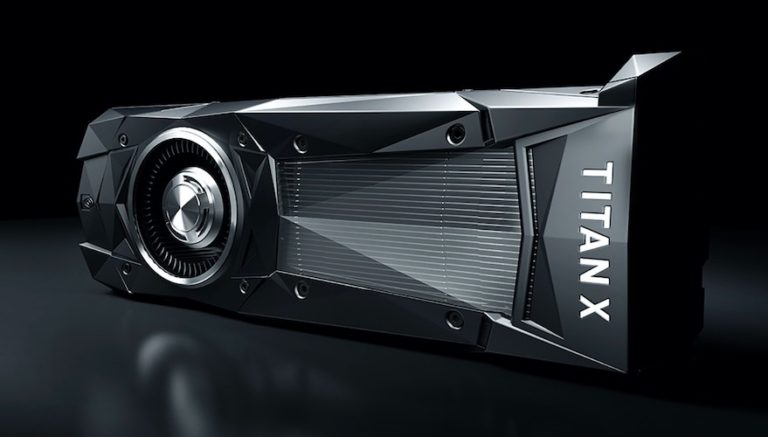Man Proves Tesla Model S Is Slower Than Porsche Taycan On Whiteboard

Maths savvy man and automotive enthusiast, Jason Fenske, proved that the Tesla Model S is slower than the Porsche Taycan.
The Model S is Tesla’s top-spec four-door electric car capable of doing 0-60 mph in 2.4 seconds. The Porsche Taycan is also a four-door electric sedan, with a 0-60 mph acceleration in 2.6 seconds.
However, Jason, who also runs the famous Youtube channel, Engineering Explained, argues that the Porsche Taycan is faster than the Tesla Model S.
He used a bunch of calculations to prove his theory and posted the result in his latest video. You can watch the video here and read my analysis of it below.
Tesla Model S Is Slower Than Porsche Taycan
Jason compared the Tesla Model S performance against the Porsche Taycan Turbo S; both are completely specced out.
“I think take the Porsche, take the Tesla, put them both at a stoplight, which one of them is going to be quicker off the line? I think it’s going to be the Porsche” says Jason.
The basis of his argument is upon four main factors namely-
- Wheel Torque
- Wheels and Tires
- Vehicle Weight
- Torque Curve or Peak Torque
Jason argues that the combined influence of all these factors puts the Porsche Taycan ahead of the Tesla Model S.
He begins his explanation by finding out which car has the most “Wheel Torque.” It is basically the torque produced at the wheel of a car after it has gone through a torque multiplier or gear reduction box.
The Porsche Taycan, with its two gears, produces 1,200 nm of Wheel Torque while the Tesla Model S makes 1,000 nm of torque at the wheels.
The next thing that Jason calculated was the actual force with which each electric car can move. For that, he took into consideration the tyre sizes, including width and radius, of both the Tesla Model S and the Porsche Taycan.
“If your radius is smaller, the force you’ll be applying to the ground will be larger,” Jason explained while commenting on the wheel sizes of both cars.
The combined force with which Porsche Taycan can push forward came out to be 36.4 kN while the Tesla Model S can move forward with 30.6 kN of force. Even in this case, the Porsche Taycan has an advantage, 19%, to be exact.
Then Jason calculated the acceleration of both the cars, using the formula acceleration equals force divided by mass. He used the combined force from his previous calculations and divided it with the product of both the car’s weight and acceleration by gravity, respectively.
For convenience purposes, Jason ignored the load transfer, grip limit, and RPM limit. The final acceleration force came out to be 1.6 g for the Porsche Taycan, and 1.39 g for the Tesla Model S. Jason credited the wide tyres on the Porsche for the acceleration advantage.
Lastly, Jason calculated the peak torque of both the cars and declared the Porsche Taycan as the winner. It had a 0-30 mph time of 0.86 seconds and a 0-60 mph time of 1.90 seconds, while the Tesla Model S could do 0-30 mph in 0.98 seconds and 0-60 mph in 1.96 seconds.
Do keep in mind that this is the theoretical acceleration, any real-world performance may vary.
Is The Porsche Taycan Actually Faster Than The Tesla Model S?
Well, not exactly. Jason said the entire calculation is based on several assumptions, so real-world performance might vary.
One big assumption he made was the peak torque of the Tesla Model S. There isn’t an official figure for it. However, Brooks from Dragtimes has previously posted about his Tesla Model S dyno results, and those can prove to be handy.
Brooks is a professional drag racing enthusiast whose adventures we cover regularly.

Image Credit: Drag Times
He tested a Tesla Model S P100D Ludicrous Plus mode on the dyno. His Tesla had a peak torque of 920 ft-lb coming in at around 50 mph.
So we may not yet know if the Porsche Taycan is faster than the Tesla Model S. But we know for sure that only “Plaid is faster than Ludicrous Mode.”






